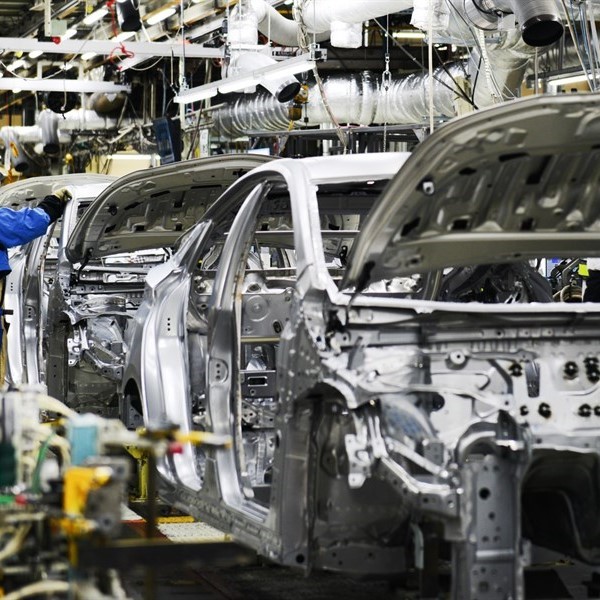
Where does Injection Molding fit in this economy?
Industry Winners and Losers
Breaking out several industries, industry experts project that medical molding is expected is one of the strongest areas to recover at 90% of pre-Covid-19 levels by the end of 2020, aerospace molding at 88% and consumer goods at 76%. Other molding is projected to recover about 73%.
The major loser is the auto molding market which is supposed to only recover to 29% of pre-Covid-19 levels by the end of 2020. US light vehicle sales volumes are down. In 2016-2018, sales were around the 17.5 million units. In 2020, the projection is less than 13 million will be sold and the projections for 2022 are only around 16 million. There is a long recovery ahead for the auto market and that means that there is a long recovery for the values of used injection molding equipment. New plastics machinery sales are down and are projected to be at least 10% down for the year and predicted to only recover 5% next year.
The auto sales trend has already resulted in large tonnage machines aging out quickly. Auctions in June of 2020 resulted in the following sales.
- 1430 ton Van Dorn Caliber, 2000 sold for $5000
- 2200 ton Cincinnati ML, 2001 did not sell with an opening bid of $10,000.
- 1500 ton Cincinnati VL, 1994 sold for $1000
- 2200 ton Husky E200, 1999 sold for $1000
- 2200 ton Cincinnati ML, 2000 sold for $1000
We have not seen the impact in multi-shot and vertical injection molders, but they should see a reduced desirability as they are heavily used in the auto market. We have seen the automotive slowdown affect other industries such as recycling since the automotive sector uses large amounts of recycled PP and HDPE. Machines that should hold their value better are the micro-molding and other machines used in medical product production. As noted above all areas of molding are expected to be weaker overall for the near future.
Culling the Herd
This crisis, like the ones in 2001 and in 2008, has forced older injection molding machines into the scrap arena. Injection molding machines from the 1990’s are, for the most part, worthless (see above). Machines from the early 2000’s are being sold at greatly reduced prices. Late model machines in limited quantities are doing well, but large numbers in a sale can quickly dilute the price of all machines.
Hope for the injection market in the US for molders and manufacturers may come in a wave or re-shoring projects (for products and molds), tariffs on Chinese injection machines making US brands more competitive or government works programs.
Injection molding will emerge from this crisis like it has in the past. Hopefully, the lessons will be learned and a leaner industry will emerge to handle the next crisis. There will be closures, a temporary surplus of used equipment and a scrapping out of older machines, but hopefully on the other side will be adaptable companies ready to take on the next challenges and crises to come.